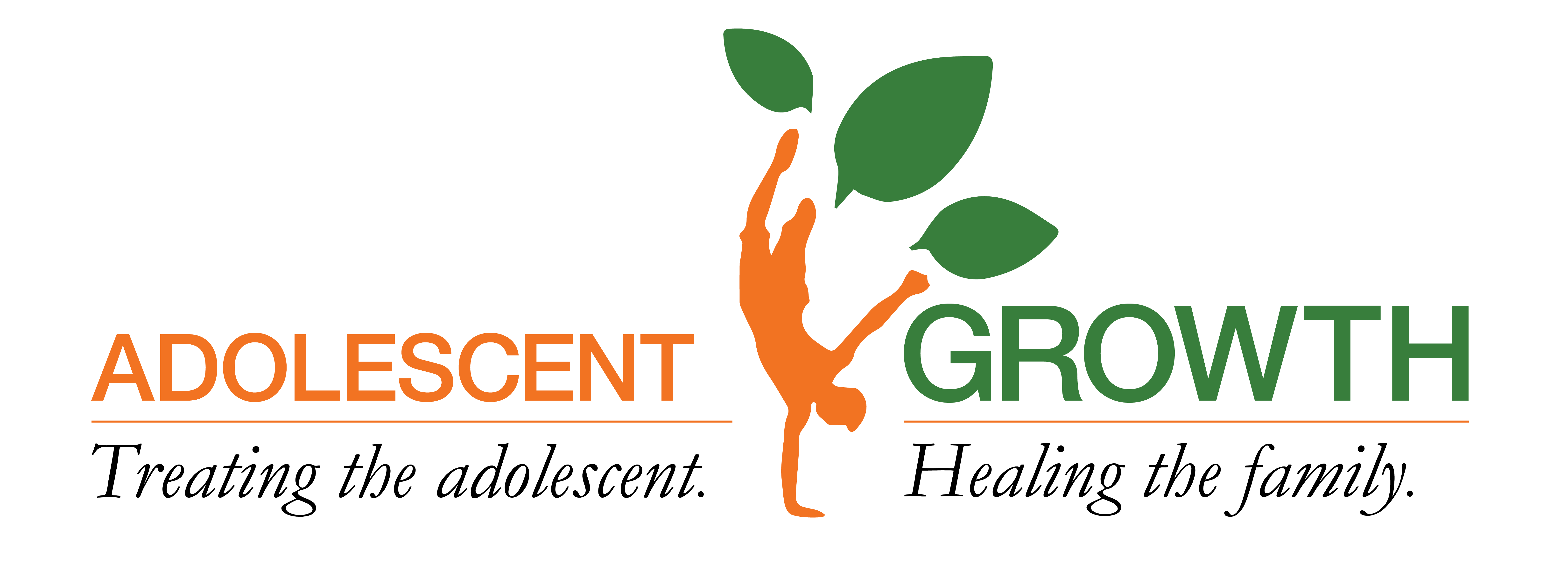Cocaine
Cocaine is one of the most commonly known street drugs in America today, due in large part to the fact that countless celebrities and musicians have written and spoken about it. Cocaine has been a popular club drug for decades and is often associated with high society and the rock-star lifestyle. For half a century cocaine has been both lauded and lamented by music industry greats including Eric Clapton, Elton John, Whitney Houston, Stevie Nicks and many, many more. Its near-legendary status as a substance associated with the high life continues to have a deleterious effect on each generation of young people who look up to the celebrities and rock’n’roll superstars who espouse its greatness.
But the reality is much different. Cocaine is a highly addictive and dangerous drug that disintegrates families and destroys lives. Sadly, many teens begin to experiment with cocaine under the impression that there are very few risks, as they have already been told by their favorite celebrities and rock stars how much fun it is. However, teens who use often discover on their own what a horrible drug cocaine is, and they almost always need help to stop.
What is Cocaine?
Cocaine is a purified extract from the leaves of the Erythroxylum coca bush. This plant grows in the Andes region of South America. Different chemical processes produce the two main forms of cocaine:
Powdered cocaine – Known on the street as “coke” or “blow”. This form dissolves in water and can either be snorted or injected.
Crack cocaine – Known on the street as “crack” or “rock”. Crack cocaine is made by a chemical process that leaves it in its “freebase” form, which is smoked.
The effect of cocaine is a short lived feeling of energy and euphoria in response to cocaine blocking the re-absorption of the neurotransmitters associated with pleasure (serotonin, norepinephrine and dopamine). This causes the brain to hold those neurotransmitters in the synapses for a longer period than normal so the euphoric feelings are sustained. However, this feeling is very short lived. Users find that after the short high is over, they feel depressed and ill and the urge to continue to use is very intense. Regular users also build up a tolerance and find they need to use more and more each time to achieve the same high.
Cocaine produces a high almost instantaneously. Upon ingestion it enters the bloodstream and travels quickly to the brain. The reality of cocaine hits after its short high is over. Cocaine has powerfully negative effects on the heart and brain as well as the user’s mental health. Continued use causes the brain to begin to communicate differently. Its natural ability to produce euphoric feelings becomes impaired. Therefore withdrawal symptoms from cocaine produce both physiological and psychological effects including severe depression and suicidal thoughts.
Help is Here
At Adolescent Growth our clinicians possess a wide array of experience treating and working with adolescents abusing cocaine. We begin by conducting a thorough drug and alcohol assessment as well as assessing their current mental and physical health. This includes a physical exam performed by a medical doctor and a meeting with our staff psychiatrist. Often cocaine is the user’s drug of choice, however there may be other substances the teenager is abusing as well.
Detoxification
Oftentimes teens who use drugs first require a detoxification (detox) period before they can be medically cleared for residential treatment. We work closely with your child’s hospital throughout their detox process in order to facilitate the transition from hospital to residential. This process can last anywhere from three to ten days depending on drug use patterns and quantity of drugs used.
Upon completion of detox, the client is transferred to our program for treatment. Your child will be evaluated thoroughly and an individualized treatment plan will be developed in order to maximize your child’s success.
Cocaine Addiction Treatment at Adolescent Growth
Our treatment approach is holistic and includes psychiatric care, medical care, behavioral therapy, good nutrition, yoga and meditation and regular exercise. We also utilize the twelve steps program in order to support the child throughout their recovery and teach them skills they need to successfully remain clean.
A client is taught coping skills and how to enjoy life without being high. Activities such as daily exercise aid the client in “re-teaching” the brain how to produce the natural pleasurable endorphins that accompany exercise. Additional weekly activities include hiking, museum visits, trips to the zoo, miniature golf, bowling and more. All of these pleasant events help the child rediscover themselves, form bonds with their peers in recovery and learn to love sober living.
Our family program includes family therapy, parent support groups and a Multi Family Restoration Group which helps teens and their parents learn communication and coping skills and re establish important bonds.
For more information about any of the services we offer, please call us for a free consultation. We are available 24 hours a day. Our kind and compassionate admissions department staff are here to partner with you during this difficult time.
We are committed to help you and your family 888-948-9998.
